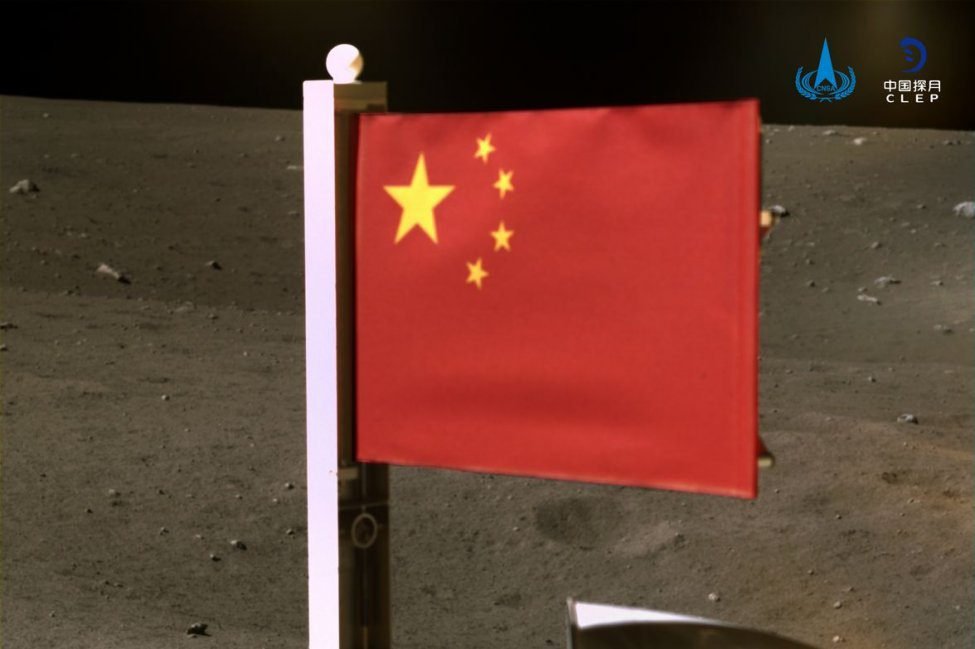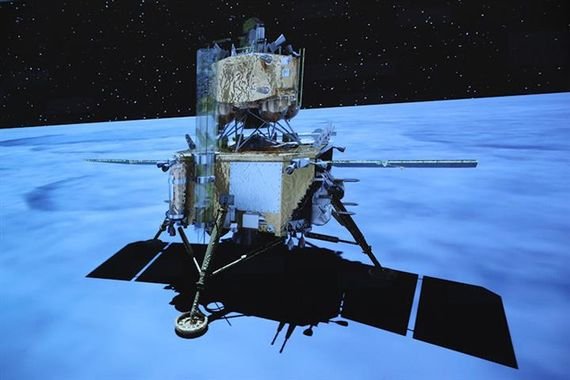China’s Chang’e 5 mission extracted samples from the Moon and it’s bringing to Earth. The last mission of this nature was USSR’s Luna 24, in 1974.
The mission’s importance
Source: The Planetary Society
The splotches and craters you see on the Moon are scars from the traumatic early days of our solar system. Asteroids and comets slammed into the early Earth and Moon, likely bringing here water that helped life take hold and flourish.
What happened when is still up for debate. Fortunately, scientists can piece together the Moon’s history by studying the age and composition of different lunar regions. While orbiting spacecraft can collect a wealth of valuable data, some scientific experiments can only be done on Earth with instruments that are too large and power-hungry to fly in space. Earth-based experiments can also be repeated in different labs and the samples can be stored for future generations to examine with more advanced technology.
China’s Chang’e-5 mission (嫦娥五号) will return what should be the youngest-ever Moon samples to Earth. The spacecraft will land in Oceanus Procellarum—the Ocean of Storms—a dark-grey region in the Moon’s northwest corner visible with the unaided eye from Earth. The specific landing site, near a 70-kilometer-wide mound named Mons Rümker, may have rocks and soil that are just 1.2 billion years old, formed by a large volcanic event that covered up the underlying surface. That’s far younger than the samples NASA’s Apollo astronauts returned, which ranged between 3.1 and 4.4 billion years old.
By studying samples from rocks that formed relatively late in the Moon’s history, scientists will be able to better understand what was happening on the Moon at a time when multicellular organisms may have already been present on Earth. Knowing the Moon’s history also helps us understand how Earth and the other worlds in our solar system evolved.
Timeline of Chang’e 5
- The launch occurred on November 23th, in a Long March 5 rocket, which took off from Wenchang Spacecraft Launch Site, in Hainan island.
- On November 29th, Chang’e 5 entered the lunar orbit.
- The spacecraft landed on December 1st and was published this high definition panoramic image, shortly after landing.
- After collecting 2 kg of sample and put China’s flag, the spacecraft left the Moon, on December 4th.

- On December 5th, docked in orbit with the spacecraft orbiting the Moon to transfer the samples.
- On December 8th, 7:30 morning BJT, the ascender returned to the Moon.
- It’s predicted that the spacecraft arrives at Earth on December 16th or 17th, landing in Inner Mongolia.






Chang’e 5 returned to Earth.
https://www.youtube.com/watch?v=Cw40pned8QU